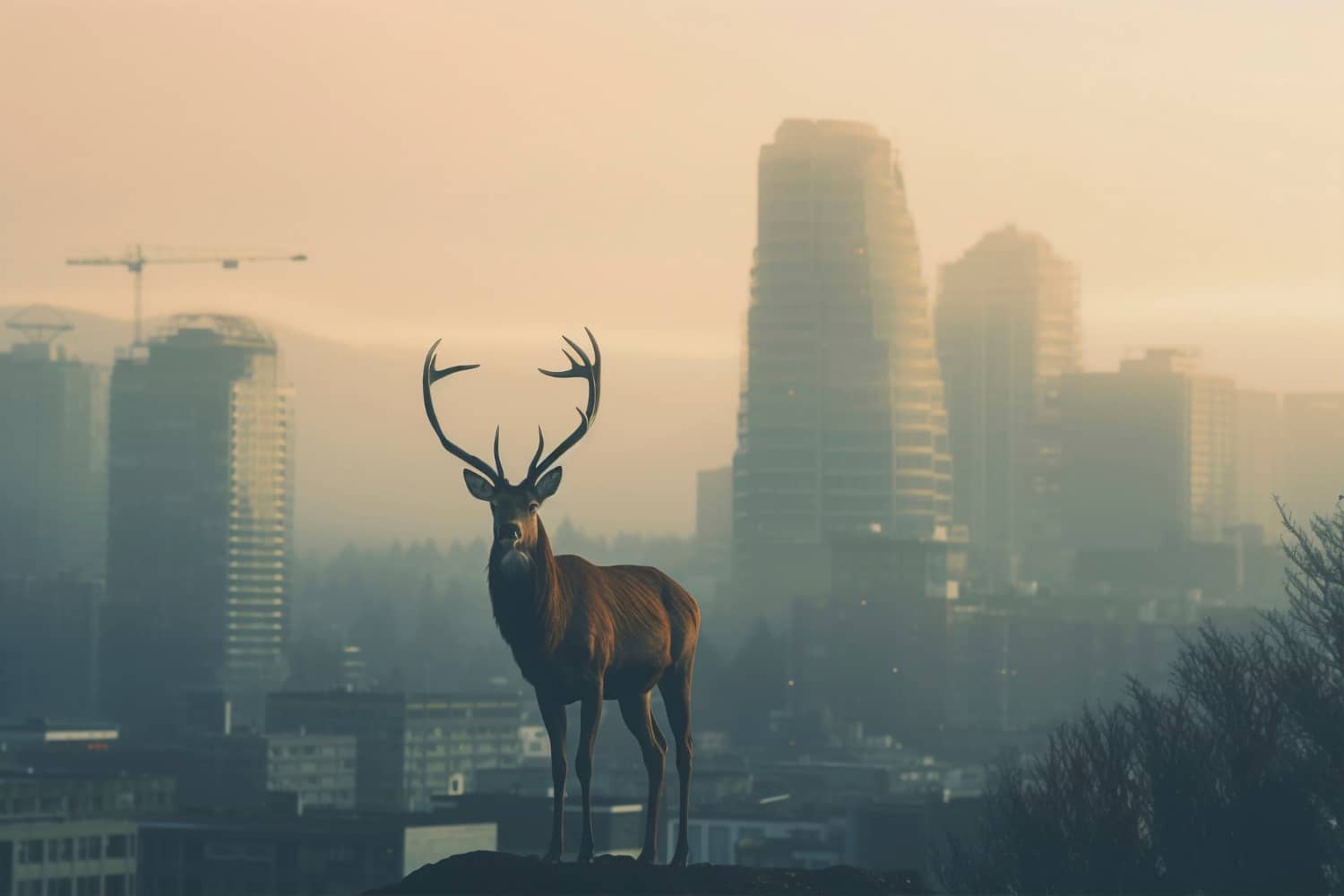As cities rapidly grow, expanding by an area almost double the size of France by 2030, natural spaces are being replaced by buildings and roads. This massive urban spread is hitting wildlife hard, wiping out their homes, cranking up temperatures, and creating dangerous concrete jungles.
It’s a tough situation for many animals on the move. Cities can be tempting with easy food and fewer natural predators, but they also come with deadly risks like traffic and lost pathways.
While past studies used cameras or sound to monitor urban wildlife, a new Yale study takes a different approach by analyzing environmental DNA (eDNA) from soil in 21 Detroit parks during winter and summer to uncover how mammal diversity changes with the seasons in urban landscapes.
The study aimed to understand how human activity shapes mammal communities in urban areas. By sampling environmental DNA (eDNA) from soil across 21 Detroit parks, researchers uncovered subtle, park-specific shifts in species composition, influenced by both natural and human-related factors, and larger parks supported greater biodiversity.
eDNA revealed seasonal changes and human presence effects on urban wildlife. These insights offer a promising tool for more adaptive and informed urban biodiversity planning, helping cities better balance green space with growing human footprints.
Measuring the effects of natural events on wildlife
Researchers analyzed soil samples from 21 urban parks in Detroit, Michigan, during February and July 2023. They detected DNA from 23 mammal species, including humans. They confirmed these results using iNaturalist wildlife sightings.
The DNA samples revealed seasonal shifts in mammal presence. Hibernators like groundhogs and muskrats were absent in winter samples, reflecting seasonal behaviors. During winter, animals were more clustered, likely due to resource competition and limited movement.
In summer, eDNA patterns revealed that mammals were more dispersed across landscapes, with fewer cross-species interactions due to abundant resources. Larger parks supported wider-ranging species, and coyotes appeared only in parks over 14.4 hectares.
Human DNA made up about one-third of all samples, highlighting constant human presence. Domesticated animal DNA (from cats, dogs, pigs, and cattle) reinforced the idea that urban parks are shared socio-ecological spaces.
Human presence influenced wildlife makeup, generalist and human-tolerant mammals thrived in busier areas, while more sensitive species were less commonly detected.
To protect urban biodiversity, especially wide-ranging species, researchers recommend expanding green spaces and building wildlife corridors that link parks together.
As cities continue to grow, these connected landscapes could be key to maintaining resilient ecosystems that support both nature and human well-being.
Journal Reference
- Jane Hallam and Nyeema C. Harris. Network dynamics revealed from eDNA highlight seasonal variation in urban mammal communities. Journal of Animal Ecology. DOI: 10.1111/1365-2656.70082
